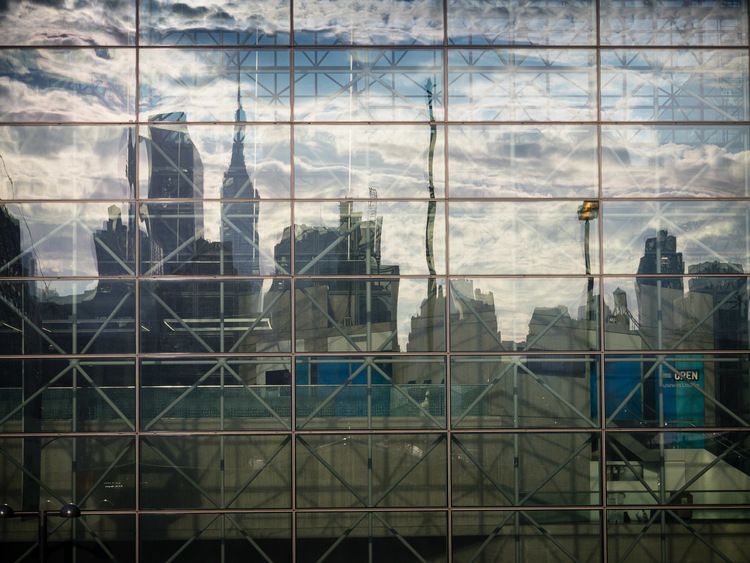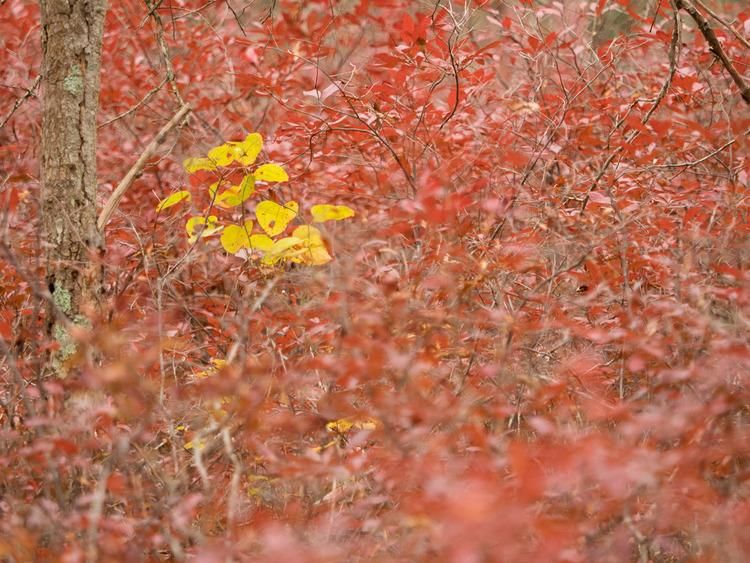
Photography is a game of confidence. If you believe in your skills, you’ll be more willing to take chances and try new things. When you’re just starting out, however, this can be intimidating. How can one build their skills when they don’t necessarily believe in their capabilities? The solution is a five-step process that anyone can follow no matter where you’re at in your photographic path.
1) Learn From the Masters
Before reaching any worthwhile scenic vista, you must first climb, sweat, and navigate around thickets. This type of persistence is equally important on the path to good photography. Even the greatest photographers of all time had outings that were less than ideal. There is perhaps no finer example than this story told by Ansel Adams. He had just spent a frustrating day with “several exasperating trials.” Yet Adams wasn’t discouraged, noting that “defeat comes occasionally to all photographers, as to all politicians, and there is no use moaning about it.” He got back in the car, started driving, and soon found a majestic scene that would become one of his most famous works, “Moonrise, Hernandez.” Whether you’re just starting your photography pursuit or are exploring new creative avenues, you never know what treasures will greet you around the next bend.

2) View Mistakes as Opportunities
When mistakes inevitably occur, use them to get better. One way photographers can do this is by researching older images in their catalog. The camera settings are often stored in the image data. If a picture is blurry, take note of the shutter speed used. If something is too dark, could a higher ISO have helped? What about the depth of field and white balance? No matter where you’re at in your career, you can always learn and grow.

3) Pave Your Own Path
There’s no denying that photography is a powerful art form, just as painting, music, and sculpture are. If you look at the history of these disciplines, you’ll find another similarity. Those who enjoyed long term success did so not by following current photography trends, but by paving their own way. This of course is no easy feat, perhaps best expressed by Alfred de Musset, who said “How glorious it is—and also how painful—to be an exception.” Whether it’s your choice of gear or the subject matter you focus on, throw out the rule book and follow your own heart.

4) Embrace Your Choice of Gear
The most powerful photography sensor available is not found in the camera, but within yourself. The secret lies within your ability to recognize emotion and document it with a photo. It doesn’t matter if you’re using a DSLR, mirrorless camera, point and shoot, or a smartphone. A memorable event transcends technology. Statistically speaking it’s actually rather simple. By carrying a camera at all times, your photo opportunities increase, and with it, your success ratio soars. Remember, a camera’s image quality is only as good as the person controlling it.

5) Keep Shooting
It’s difficult to predict when or where a great photo opportunity will arise. Only by heading out with your camera often will your percentage of keepers improve. Perfection is never the goal; simply doing your best is. Rather than settling for the same tried-and-true formula, challenge yourself to try new techniques. Free yourself of the notion that professionals don’t have bad days or take lousy photos. It’s all a necessary part of the artistic process. As the Hall of Fame hockey player Wayne Gretzky said, “You miss 100% of the shots you don’t take.”





